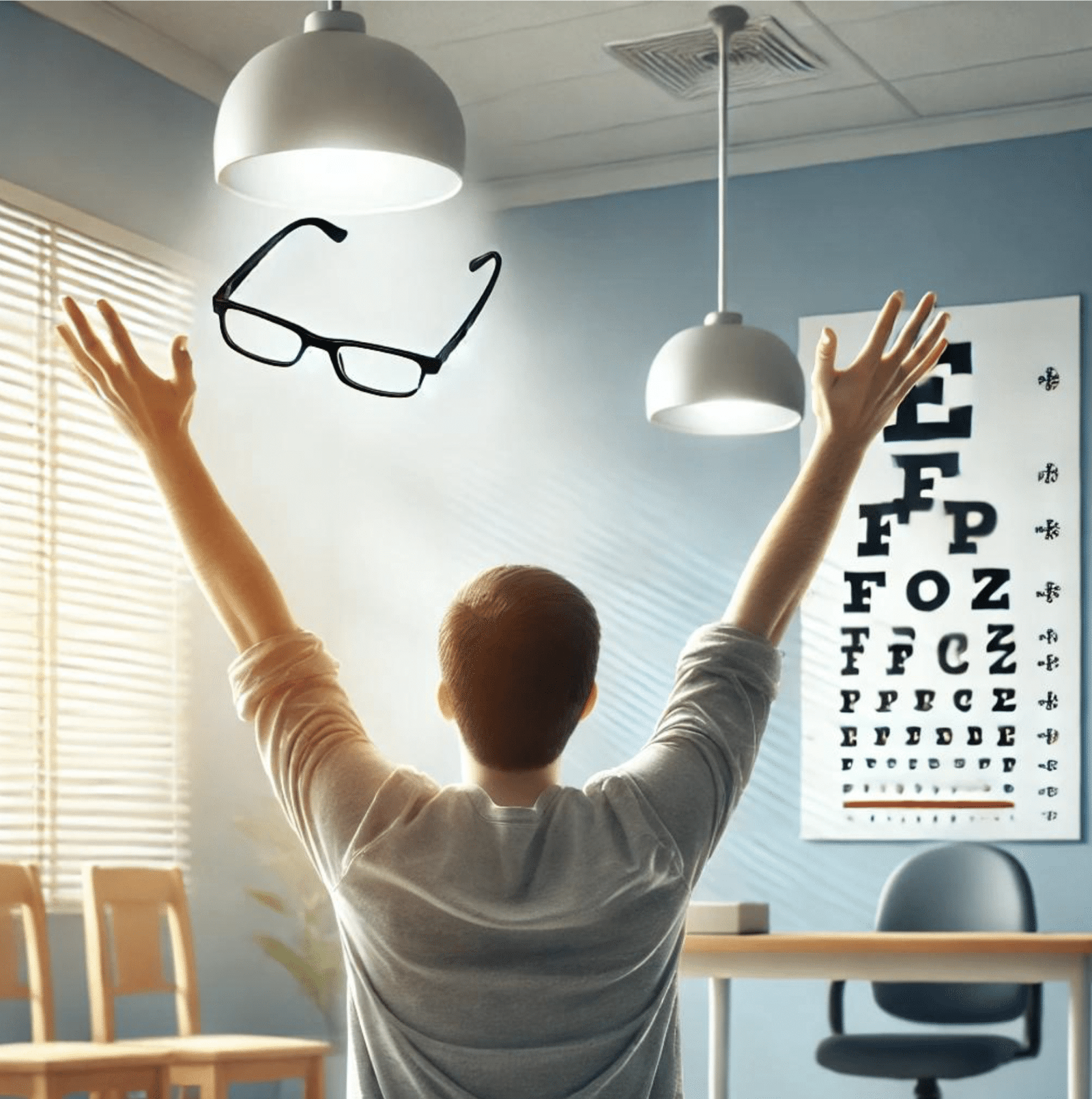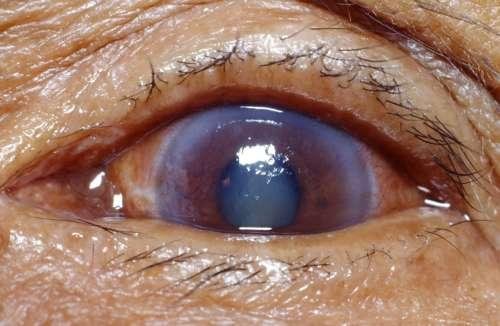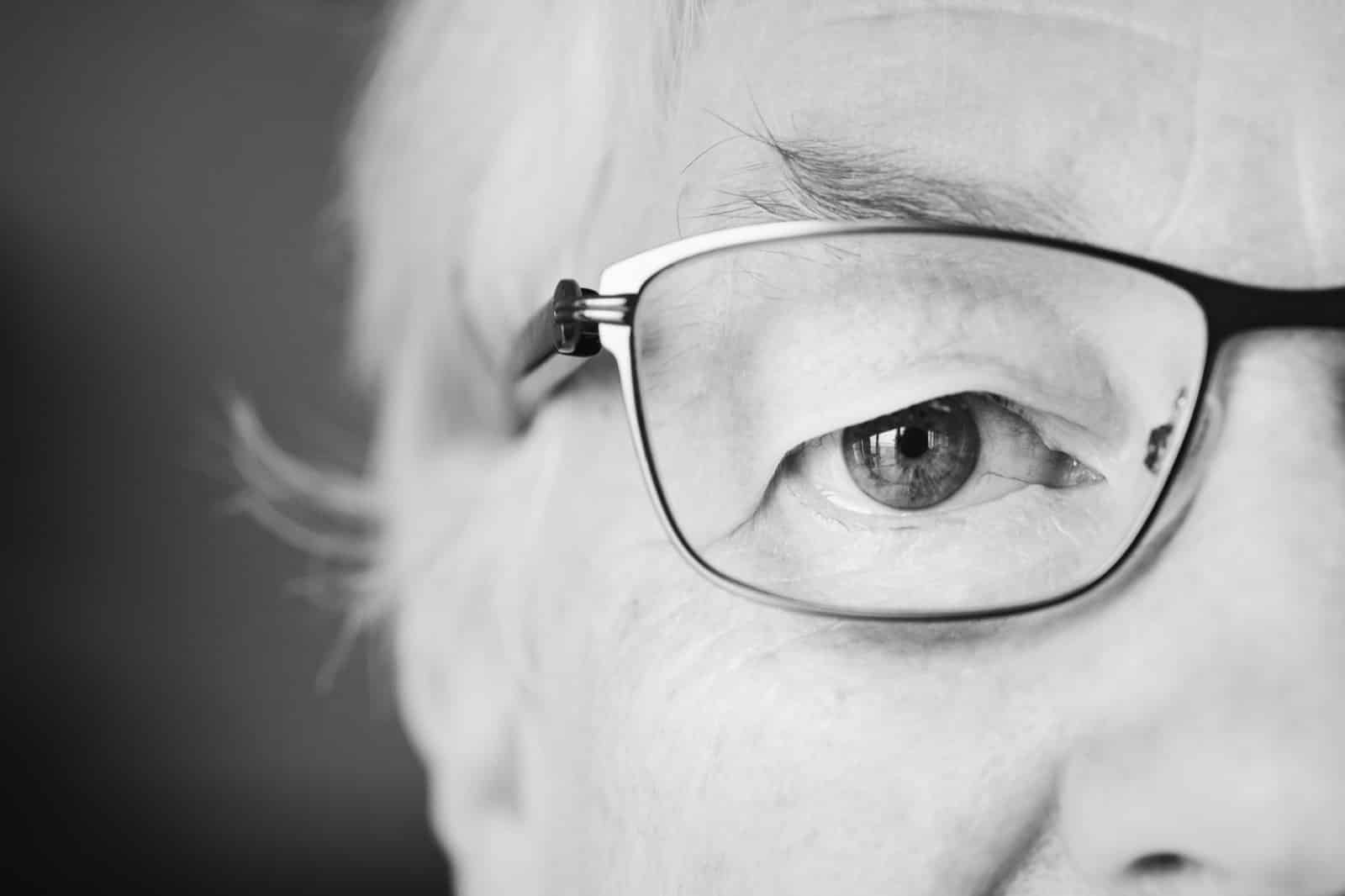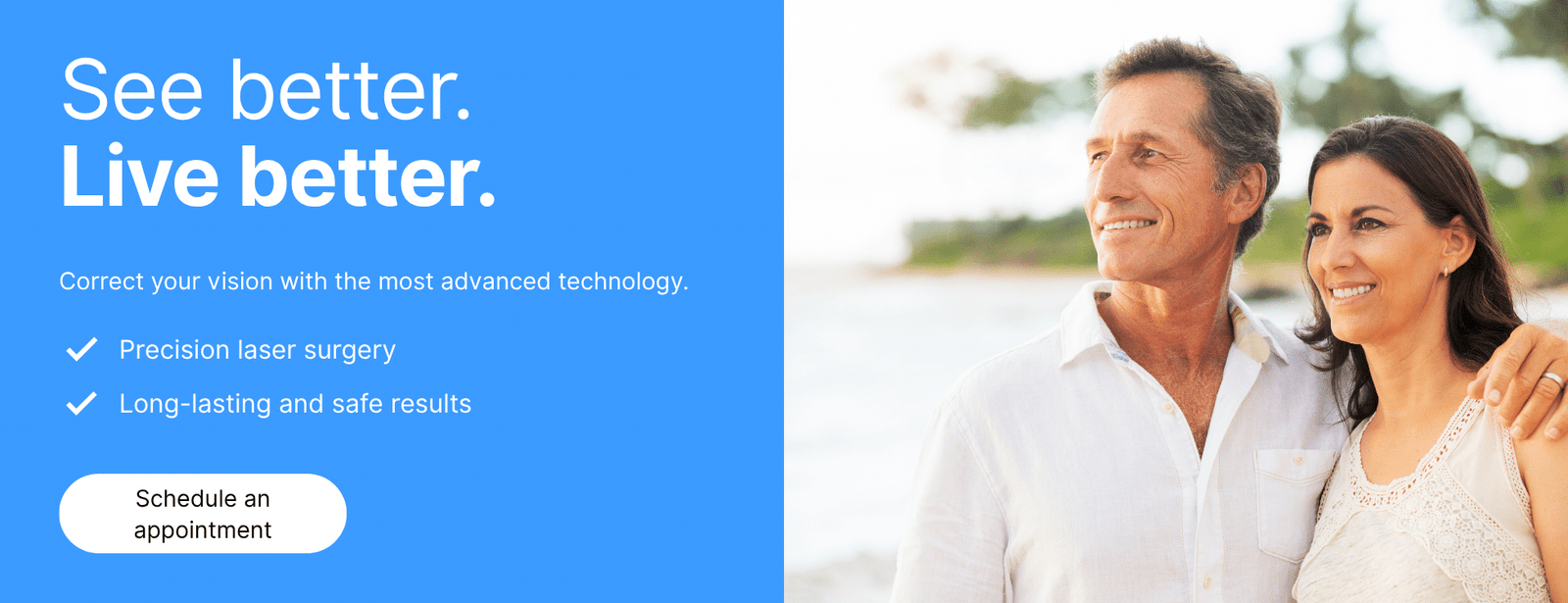Refractive defects such as myopia, hyperopia, astigmatism and presbyopia affect millions of people around the world and are one of the main causes of consultation in ophthalmology. Although they have traditionally been corrected with glasses or contact lenses, technological advances in refractive surgery now offer safe, effective and personalised solutions. In this article we answer patients' most common questions and explain why trusting a highly qualified specialist is key to obtaining the best results.
What are refractive errors?
- MyopiaDifficulty in seeing at a distance. The image is formed in front of the retina.
- HypermetropiaDifficulty in seeing up close (and sometimes far away). The image forms behind the retina.
- AstigmatismBlurred vision at all distances due to irregular curvature of the cornea.
- PresbyopiaProgressive loss of the ability to focus up close, usually from the age of 40-45 years.
Glasses or contact lenses? Temporary solutions
Spectacles and contact lenses are classic, non-invasive methods of correcting these defects. They are effective, but they do not modify the eye, so visual dependence continues. Moreover, in cases of high prescriptions or active lifestyles, they can be uncomfortable or limiting.
Refractive surgery: a definitive and personalised solution
Refractive surgery corrects visual defects by acting on the cornea or lens, eliminating or reducing the need for glasses or contact lenses. There are various techniques, and the choice depends on the type of defect, age, eye characteristics and the patient's lifestyle.
1. 100% laser surgery with advanced customisation (bladeless)
In our practice we exclusively use state-of-the-art lasers, capable of fully customised treatments, known as Custom or Topography-guided. These lasers correct not only the main graduation, but also higher order aberrations, improving night vision quality, contrast sensitivity and final sharpness.
Unlike other centres that still use a microkeratome (mechanical scalpel) to create the corneal flap, we use 100% laser technology (femtosecond + excimer), which is safer, more precise and predictable.
2. Options for presbyopia: beyond reading glasses
Today it is possible to treat presbyopia with advanced techniques such as personalised multifocal laser, combinations with intraocular lenses, or hybrid solutions adapted to the needs of each patient. The aim is to enable comfortable vision at both near and far distances.
3. Phakic lenses: the best quality for high myopes and hyperopes
When the prescription is very high or the cornea does not allow laser surgery, phakic lenses (such as ICL) are an excellent alternative. They are implanted inside the eye without removing the natural crystalline lens, offering exceptional visual quality and preserving the natural focusing ability. They are reversible and very safe in experienced hands.
Why is it so important to choose the right specialist?
Refractive surgery is not a standard operation. Each eye is unique, and only an ophthalmologist with specific training in refractive surgery can customise treatment appropriately and ensure the best long-term results.
Make sure your surgeon has international accreditation.
Look for a professional certified by recognised bodies such as:
- European Board of Ophthalmology - Refractive Subspecialty (FEBOS-CR)
- World College of Refractive Surgery & Visual Sciences (FWCRS)
These accreditations guarantee a globally recognised level of training, experience and excellence.

Dr. Ali Nowrouzi is an ophthalmologist specialising in refractive surgery with an established track record and international recognition. He is one of the few specialists in the world with both certifications:
- FEBOS-CR: Certified specialist in refractive surgery by the European Board of Ophthalmology, a distinction that less than 50 ophthalmologists have achieved worldwide.
- FWCRS: Member of the World College of Refractive Surgery, an institution that validates the highest standards of excellence and safety in refractive surgery.
His practice is based on the application of the latest technology and a patient-centred approach, with a personalised diagnosis and treatment for each case.













